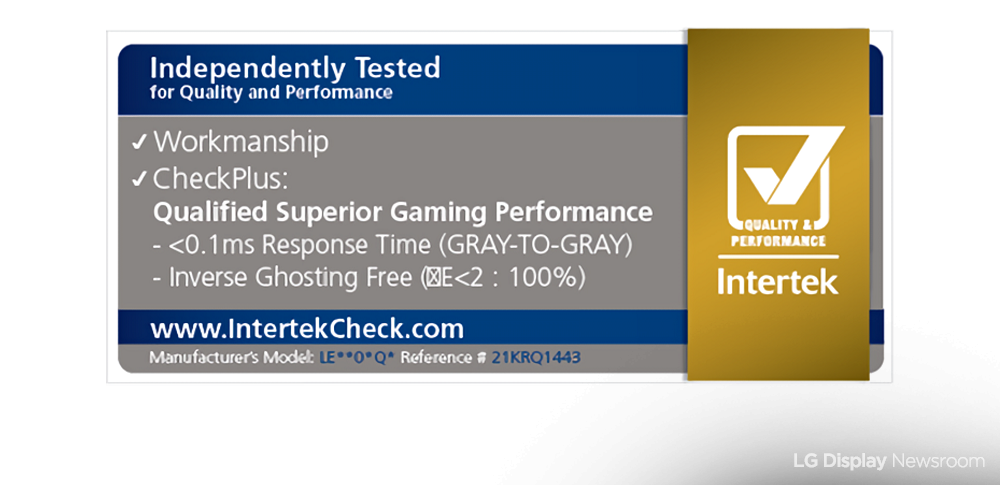DISPLAY 101
#7 Response Time

| Response Time: A numerical expression of how quickly a display can reflect a change on the screen. |
“Response Time” refers to the time it takes for a screen to change what is being displayed. The lower the response time, the faster the pixels respond, meaning that it’s going to display a clearer video. In other words, if the response time is higher, the screen would look more blurry because afterimages can be seen if the images change too quickly. Response time is usually expressed in milliseconds (ms), which is 1/1000th of a second. For example, if the response time is stated as 5ms, it means that each pixel takes 5/1000ths of a second to change to a new color.

Response time is largely measured two ways: Black-to-White and Gray-to-Gray. The Black-to-White method is more traditional and measures the time it takes for a pixel to change from black to white. The Gray-to-Gray method is newer and measures the time it takes for a pixel to change from 10% gray to 90% gray. These days, response time is more often based on the Gray-to-Gray measurement method.
What is OLED’s response time?

LG Display’s OLED TV panels measured so far have a fast response time of less than 0.1 ms (0.0001 seconds) in the Gray-to-Gray measurement method. The test was performed by Intertek, an independent British product testing company. With this shockingly fast response time, the company’s OLED panels have earned the “Qualified Superior Gaming Performance” certification as they do not show any inverse ghosting, an issue commonly seen on LCDs.









